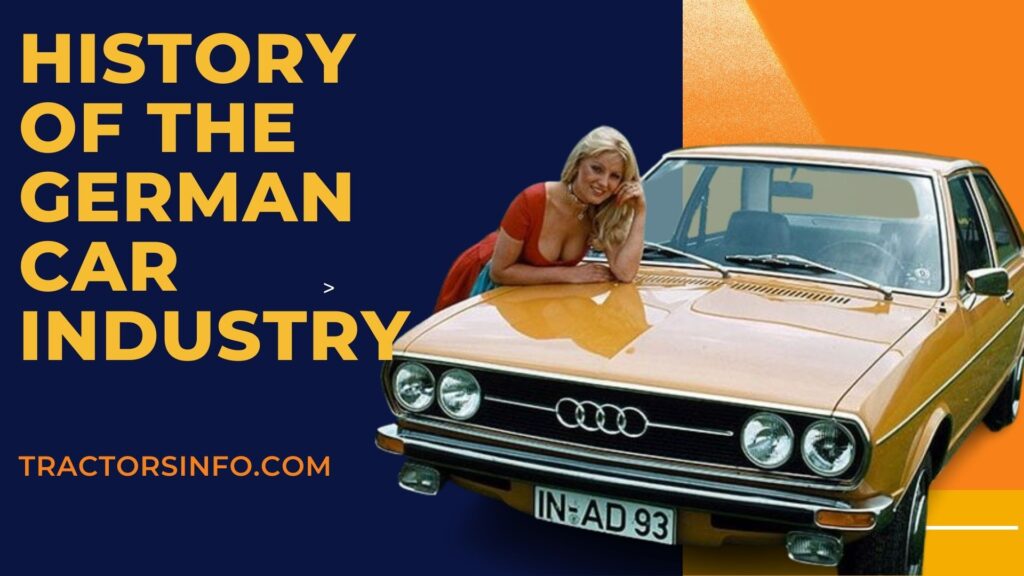Made in Germany: History of the German Car Industry
Germany is well-known for being a leader in making high-quality cars. They have a long history of making cars and are very good at it. German car brands are known for being very innovative, efficient, and reliable.
Every day, about ten new car inventions are created in Germany. They spend a lot of money researching and developing new ideas – about a third of their money goes towards this! There are over 89,000 people who work on making cars better in Germany.
This is not just good for German car companies – many other companies worldwide also want to use Germany’s skills and knowledge. They are opening up their research centres in Germany to learn from the experts and develop new ideas.
Have you ever wondered how Germany became known for producing high-quality cars? They have a long history of making great cars and pay close attention to the engineering details.
Many car companies worldwide have recognized this and are now setting up research and development centres in Germany to learn from their expertise. For example, Geely, a Chinese car company, recently opened their first research facility in Germany, hoping to combine German engineering with the growing Chinese market. As technology advances, car companies need to understand the history of automotive engineering to create new and better cars for the future.

1864 – the birth of the petrol-powered car
Cars have been around in some form or another for hundreds of years. They started with steam-powered versions back in the 1600s. However, when we think about cars today, we usually think of gasoline-powered ones.